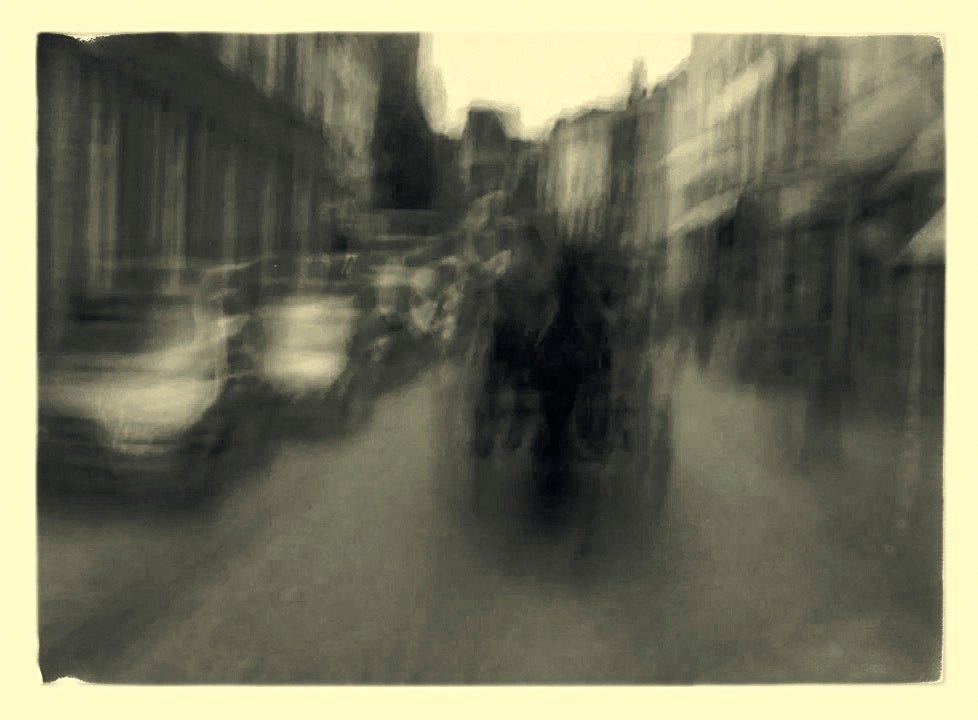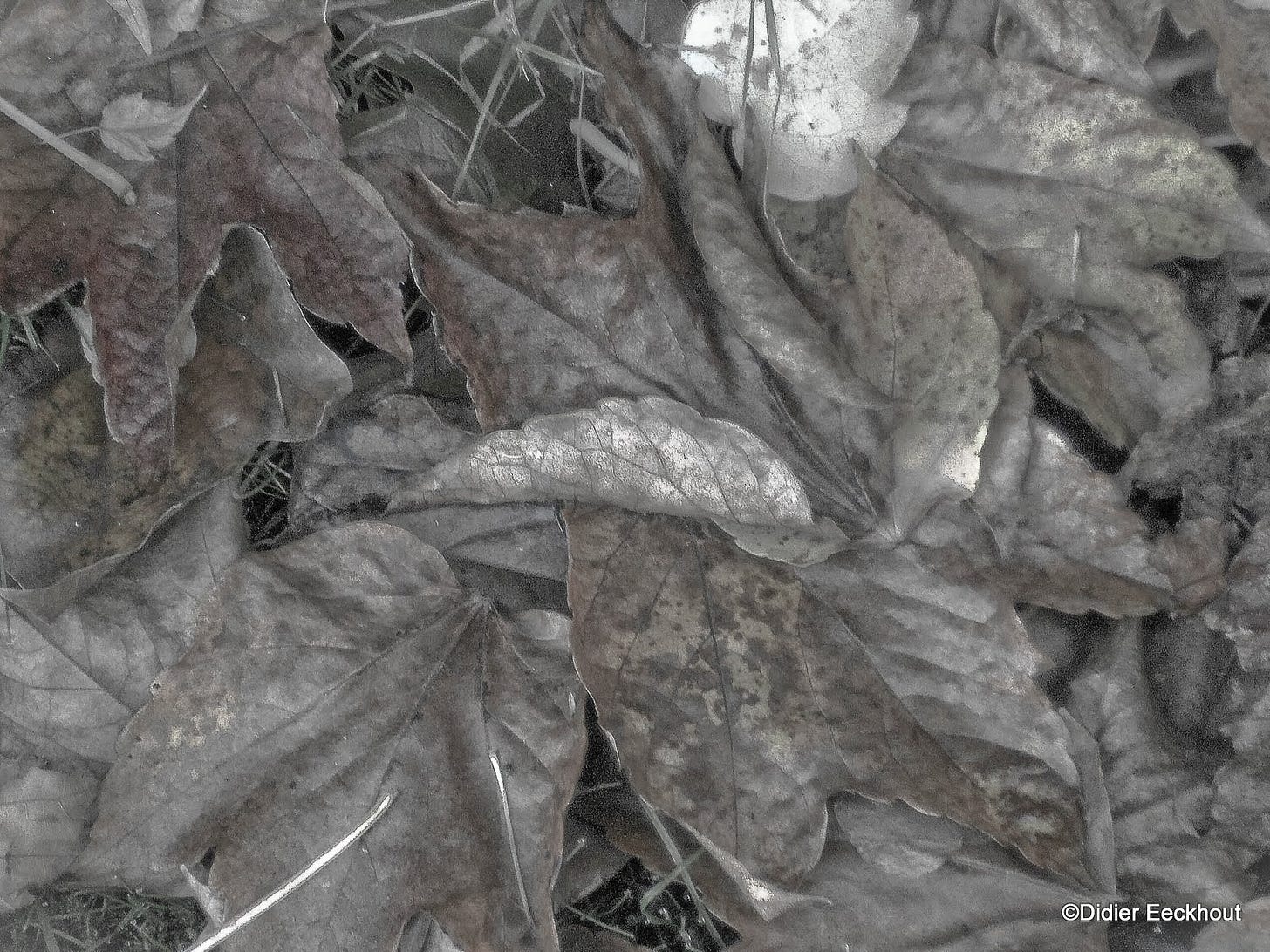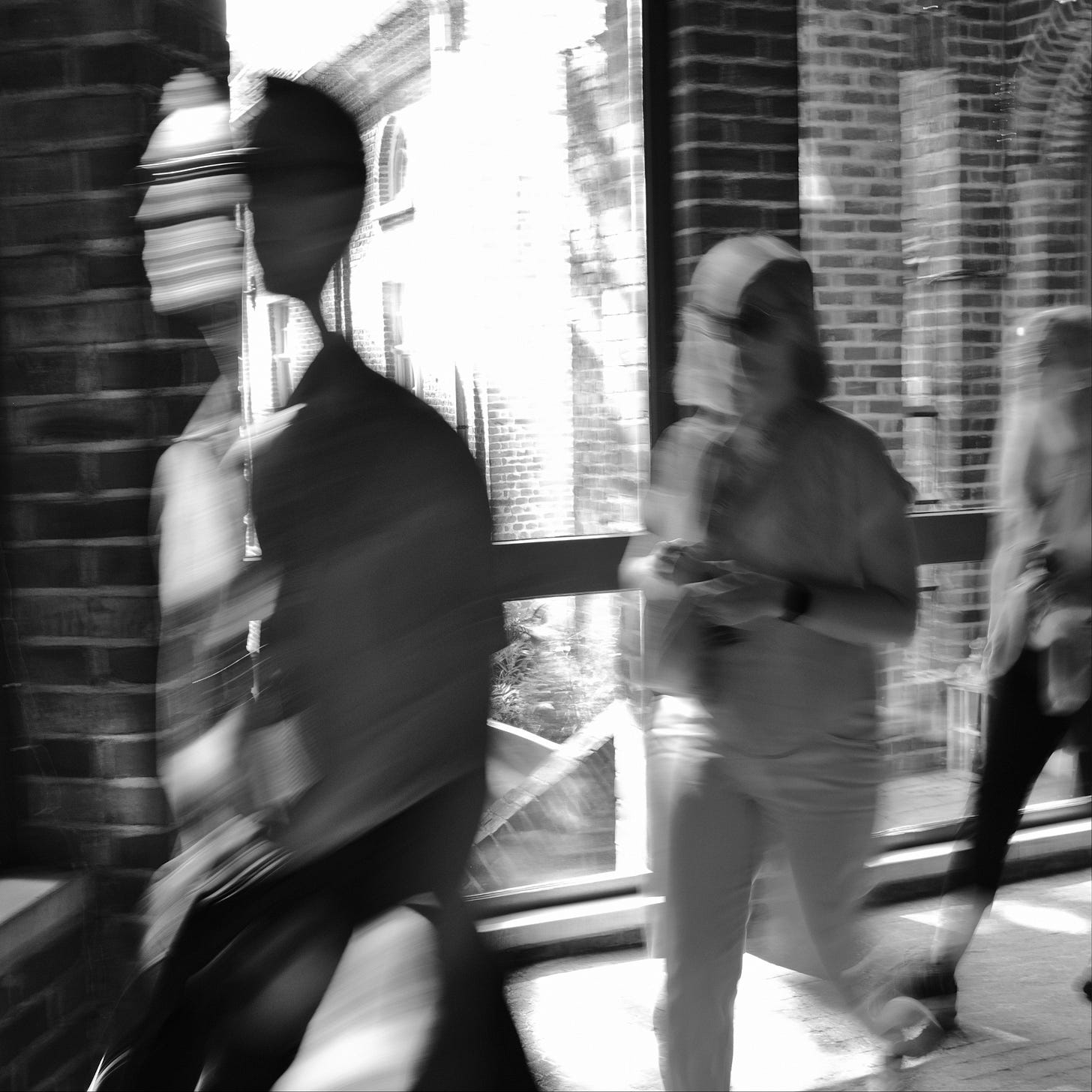Wabi Sabi The Elusive Beauty of Imperfection
Wabi sabi is an artistic sensitivity as much as an ephemeral feeling of beauty. It celebrates the passage of time and its sublime damages.
Related to landscapes, objects and even human beings, the idea of wabi sabi can be understood as an appreciation of a beauty that is doomed to disappear, or even a ephemeral contemplation of something that becomes more beautiful as it ages, fades, and consequently acquires a new charm.
Taken from the Japanese words wabi, which translates to less is more, and sabi, which means attentive melancholy, wabi sabi refers to an awareness of the transient nature of earthly things and a corresponding pleasure in the things that bear the mark of this impermanence. As much a state of mind--an awareness of the things around us and an acceptance of our surroundings--as it is a design style, wabi sabi begs us to appreciate the pure beauty of life--a chipped vase, a quiet rainy day, the impermanence of all things. Presenting itself as an alternative to today's fast-paced, mass-produced, neon-lighted world, wabi sabi reminds us to slow down and take comfort in the natural beauty around us.
It is a lifestyle based on natural principles: how is life and nature imperfect and in what ways is it mortal? This lifestyle comes from Japan. If you apply this way of life to your daily life, you will learn to embrace every moment as it is presented to you. So you are not trying to fight or protest against something you may not like as much. You learn to enjoy the moment and also see something beautiful in a setback.
Wabi Sabi revolves around a number of basic principles: simplicity, modesty and austerity. It is the philosophical origin of the principle “ less is more ”.
“Nothing lasts. Nothing is finished. Nothing is perfect.”










luuv wabi sabi! I threw a wabi sabi picnic in San Francisco's Golden Gate Park in inviting artists, the public and passersby to contribute to an instant temporal wabi sabi sculptural shrine (of sorts) of personal patina'd or well loved items. And the approach/philosphy has informed many of my personal art practice and curatorial projects.
Beautiful set